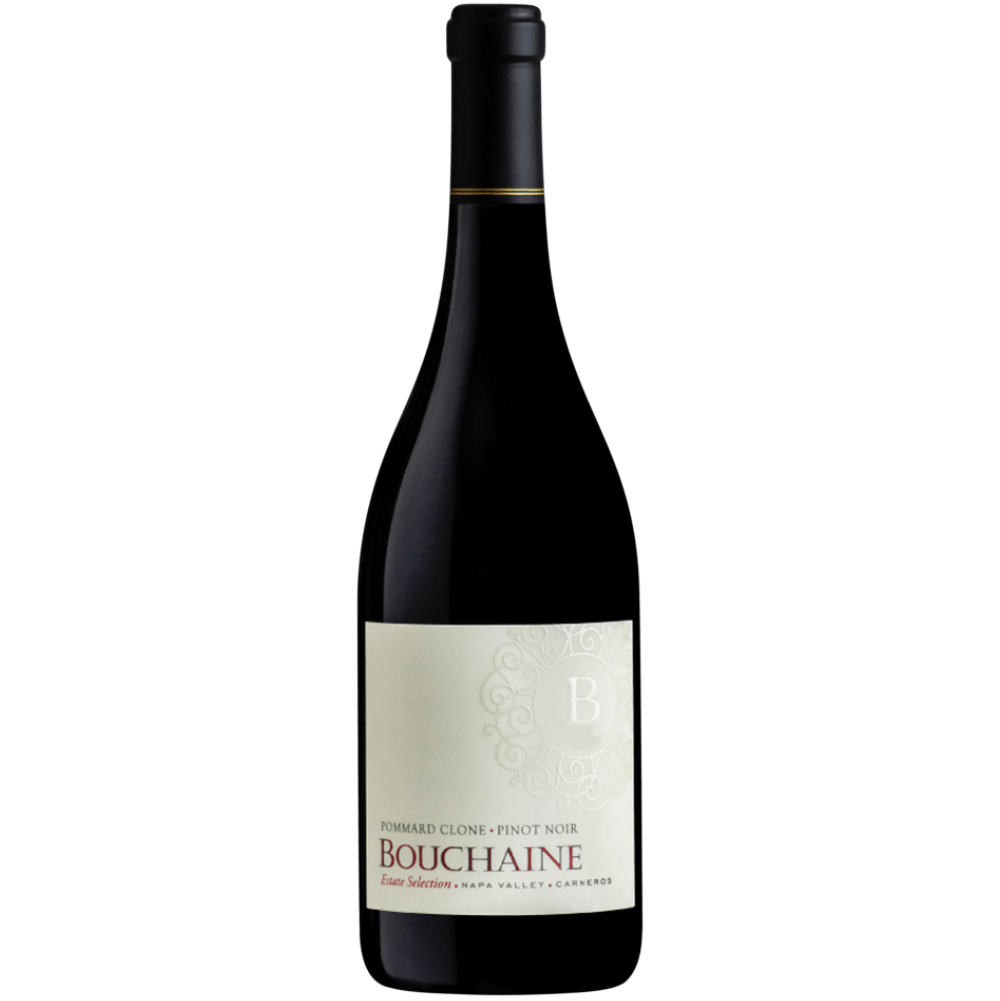
Dijon Clone Estate Selection
Bouchaine’s 100-acre estate vineyard lies on the southern border of Napa Valley’s Carneros district, overlooking the San Francisco bay.
Choose options

Dijon Clone Estate Selection
Sale price$60.00
Regular price

Napa Valley
KEY FACTOR
CLIMATE
GEOGRAPHY

